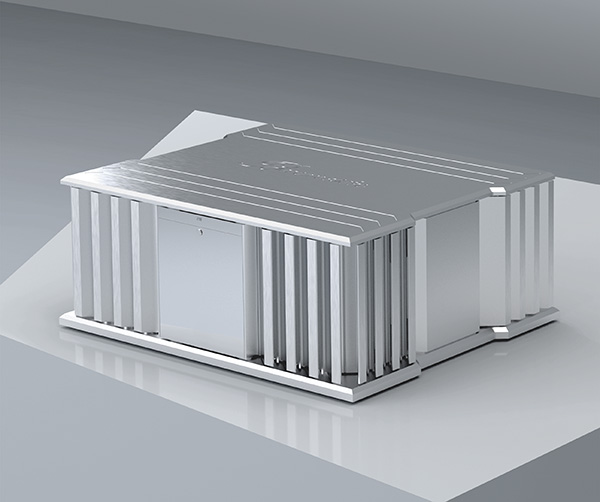MAB
Major Contributor
Odd review of one of Burmester's obscenely expensive amps:

 www.stereophile.com
They are $50k each.
www.stereophile.com
They are $50k each.
At least they are powerful and not too bad looking. They lack handles to make moving around reasonable.
Page 1 of the review is utterly content-free prose.
Page 2 starts off with the reviewer worrying about placement, how to get the amps onto ad hoc amp stands, and the fit of the amp stands, and the existential desire to keep the amp off of the bamboo floor due to vibration concerns, potentially "putting them at a disadvantage to my reference and other amps."
At this point the amps started intermittently malfunctioning:

Wow, HiFi cables are hard work. Glad he was good enough to finish the review, real champions fight through the pain and make power cable comparisons. Too bad he never got the buzzing fixed, apparently it sounded too good on the amp stands to worry about. Maybe he thought it was an even-order buzz?

Burmester 218 power amplifier
As much as I tinkered with a little crystal radio as a child and started reading stereo magazines in high school, it wasn't until my early 30s that I half-stumbled into the higher end of the hi-fi sphere. As I progressed from used Advents to used Spicas and began to experiment with speaker...
At least they are powerful and not too bad looking. They lack handles to make moving around reasonable.
Page 1 of the review is utterly content-free prose.
Page 2 starts off with the reviewer worrying about placement, how to get the amps onto ad hoc amp stands, and the fit of the amp stands, and the existential desire to keep the amp off of the bamboo floor due to vibration concerns, potentially "putting them at a disadvantage to my reference and other amps."
At this point the amps started intermittently malfunctioning:
Rather than contact the manufacturer to ask about why $100k worth of amplifiers broke, he gets sage advice elsewhere:During my time with the 218s, one of the amps began to buzz. Sometimes the noise was low, sometimes it was a bit louder, and occasionally both amps buzzed. Changing power cables made no difference. Plugging them into other receptacles didn't help. I do not hear this noise with my reference amps. Regardless, even when it was present, the noise never interfered with listening, and the amps sounded so good that I doubt anything serious was wrong with them.
After I told Jim Austin about the buzzing emanating from the amps, he suggested I try different power cords, including those supplied by Burmester. In the process of retrieving those Burmester cords from the shipping boxes, I slipped while dismounting a storage crate and crashed to the floor. Nothing was broken, but my left foot and back ordered me to delay switching power cables until I could twist and bend without adding insult to injury.

Wow, HiFi cables are hard work. Glad he was good enough to finish the review, real champions fight through the pain and make power cable comparisons. Too bad he never got the buzzing fixed, apparently it sounded too good on the amp stands to worry about. Maybe he thought it was an even-order buzz?
